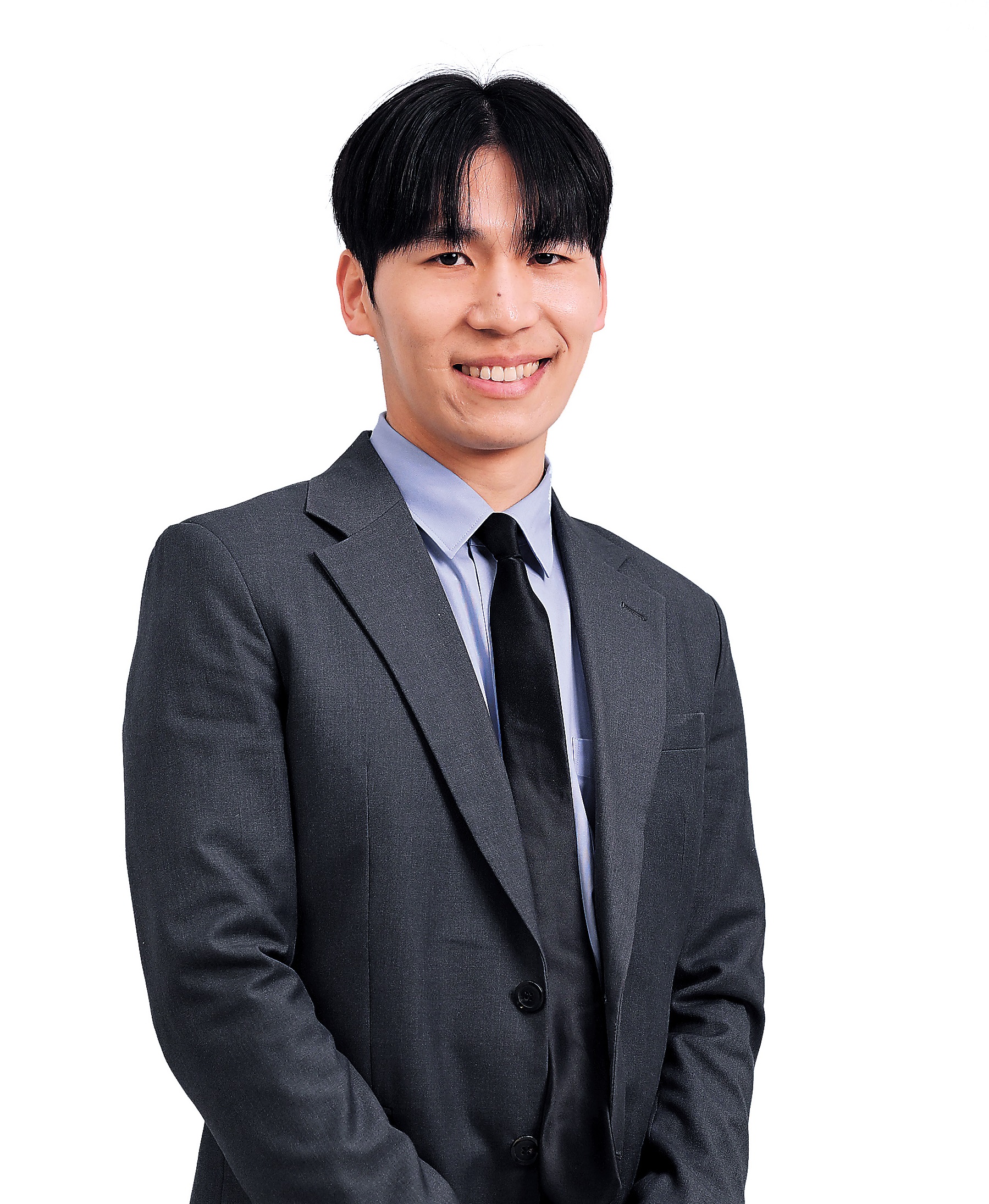Provincial students to gain wider access to med schools
Slots reserved exclusively for applicants from provincial areas to take up at least 40 percent of total
By No Kyung-minPublished : May 26, 2024 - 17:18

For aspiring medical doctors in South Korea, where they live is likely to play a major factor in shaping their chances of entering medical school, as the new admissions plan envisions clear advantages for students living outside the capital.
According to the Korean Council for University Education and universities, out of the total 4,567 enrollments set for the nation’s 40 medical schools in the 2025 academic year, at least 1,801 slots are exclusive to those who completed their high school education in the non-capital region where the university is located.
This represents nearly 40 percent of all medical school places across the country.
A shortage of medical doctors and health care infrastructure in provincial areas is the main reason behind Korean government’s push to raise medical education for the first time in 17 years. Seats in med schools have remained unchanged at 3,058 since 2006.
The planned increase of 1,509 for next year, finalized and officially announced Friday by the Korean Council for University Education, has been allocated to 32 medical schools outside Seoul.
Five institutions situated in Gyeonggi Province and Incheon, which surround Seoul, got 341 of the total increased slots.
For the other 27 medical institutions situated elsewhere, a large portion of the increase – 1,168 -- will go to local talent, with the total number of slots allotted for the specific admission type rising from 1,071 last year to at least 1,801. Two schools have not yet disclosed their figures. When the figures from these two schools -- Inje University in Busan and Jeju National University in Jeju -- are added, the total for local student slots could be close to 1,900, industry insiders said.
This means provincial medical schools will be filling nearly 60 percent of their enrollment next year with students who hail from their local regions.
Six universities, including Chonnam National University, Chonbuk National University, Pusan National University, Gyeongsang National University, Wonkwang University, and Chosun University, will each open over 100 medical enrollment slots under their local student priority policy.
Chonnam National, in parciticular, will fill more than 80 percent of their medical students this way.
Starting in 2028, eligibility for this policy will become stricter, requiring completion of middle school education in the region, in addition to high school as currently required.





![[Herald Interview] How Gopizza got big in India](http://res.heraldm.com/phpwas/restmb_idxmake.php?idx=644&simg=/content/image/2024/11/20/20241120050057_0.jpg&u=20241120164556)


![[KH Explains] Dissecting Hyundai Motor's lobbying in US](http://res.heraldm.com/phpwas/restmb_idxmake.php?idx=644&simg=/content/image/2024/11/20/20241120050034_0.jpg&u=)
![[Graphic News] 70% of S. Koreans believe couples can live together without tying the knot: survey](http://res.heraldm.com/phpwas/restmb_idxmake.php?idx=644&simg=/content/image/2024/11/19/20241119050098_0.gif&u=)
![[Kim Seong-kon] Farewell to the vanishing John Wayne era](http://res.heraldm.com/phpwas/restmb_idxmake.php?idx=644&simg=/content/image/2024/11/19/20241119050096_0.jpg&u=)







![[Today’s K-pop] Blackpink’s Jennie, Lisa invited to Coachella as solo acts](http://res.heraldm.com/phpwas/restmb_idxmake.php?idx=642&simg=/content/image/2024/11/21/20241121050099_0.jpg&u=20241121172748)